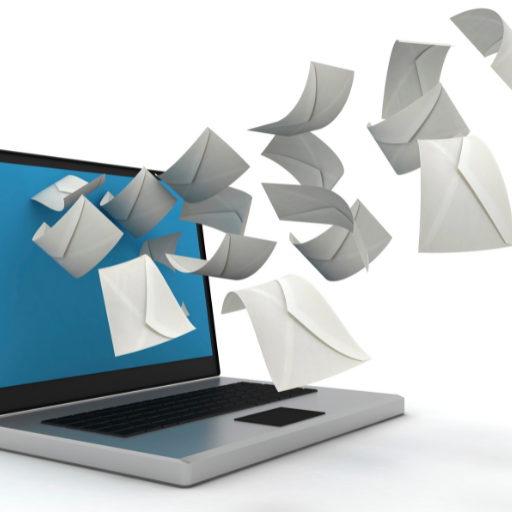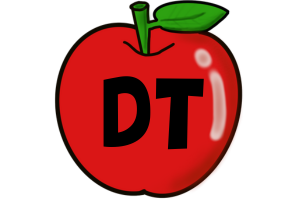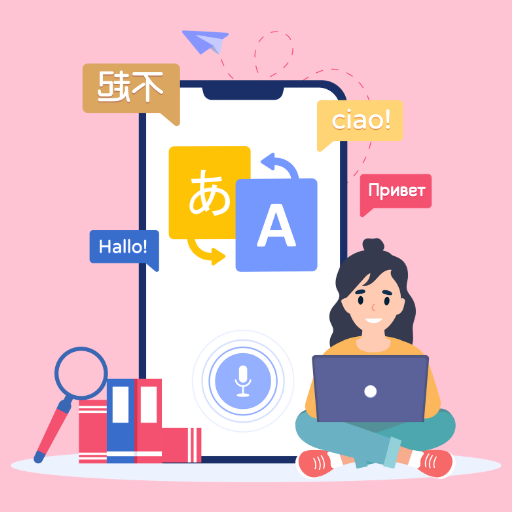For many folks, emails are a quintessential element of their everyday communication—particularly for professionals.
We tend to send out so many of them that often we cross the line between casual and formal emails. Consequently, emails are capable of leading to positive or negative impressions. Therefore, email etiquette is more than sheer good manners – it’s a crucial school and workplace skill for modern-day professionals.

Hence, as an English language teacher, it’s your responsibility to help ESL students become more competent and comfortable writing emails. By teaching effective and ineffective email practices, your students can write casual and formal emails that accurately convey their intentions and feelings.
If you want to learn more about ESL email etiquette, continue reading ahead:
ESL Email Etiquette Do’s and Don’ts
Here are some effective and ineffective email practices that all teachers must make clear to their ESL classroom:
Recipient
- Ensure your students double-check the recipient’s email address before clicking the ‘send’ button, or else it’ll be returned.
Subject
- Every email must begin with a subject and all adult ESL students must learn and practice this fundamental email etiquette.
- The title or subject shouldn’t be punctuated with a period.
- Important words or phrases should start with capital letters.
- Articles and prepositions typically begin with lowercase letters, least preceded by a colon.
- The email subject should never be vague or generic; rather, it must always be specific.
Greeting
- Highlight the utilization of a formal and courteous greeting when ESL students communicate with you; for example, Dear Ms. Jane.
- Compare it with an informal greeting; for example, among peers, teach them to use something like “Hey, Adam.”
Body
- Instruct ESL students to concisely introduce the purpose of writing in the email’s first sentence. Moreover, it should never begin with “I”. Instead, for instance, begin with “This is to inform…” instead of “I’m writing to inform…”
- Teach ESL students to never use contractions when communicating with you, instead encourage them to use full forms.
- All emails should be double-checked for grammar, punctuation, spelling errors, and capitalization.
- Teach them about the most preferred writing font size (12), font (Times New Roman), and double line spacing.
Complimentary Close
- In a professional or formal scenario, the complimentary closing message should always be in a formal tone, for example, “Sincerely, Best Regards, etc.”
5 Email Activities for ESL Students
These fun and easy email activities for ESL students can greatly help them in their journey of communicating with native English speakers, regardless of the context.
Activity #1: Reply to the Teacher
This email activity is less student-centered, but it is something English language teachers can do with ESL learners of all levels and can easily modify it to meet their needs. For this activity, all you have to do is write an email to your ESL students comprising a greeting and a simple question.
Ask all students to respond to the email by answering your question. Moreover, tell them to add a question of their own at the end of the email (which you must answer in the next email). The correspondence can continue like this for as long you deem appropriate. For advanced ESL students, you can even tell them to respond to a more complex question, for instance, a creative writing prompt.
Activity #2: Peer to Peer Correspondence
For this ESL activity, you should split the classroom into pairs and instruct them to correspond with each other via email, all the while keeping you in the loop through the “CC” option. You can either provide them with a particular topic related to what they’ve done in class so far or tell them to choose a topic of their own.
Activity #3: Group Emails
This ESL email activity is a bit more complex than the previous activities. Nonetheless, we are sure you can make it work. First, divide the classroom into small groups of four or five and then instruct them to research on a specific topic, for instance, a country. Tell the group to discuss and decide among themselves who’ll search for the local language, food, customs, traditions, etc.
Once every group member has done their research, ask them to share the details with each other via email while cc’ing you. Once everyone has shared their research, ask the group to create a presentation about the country they researched and share the findings with the rest of the class.
Activity #4: Correct the Email
In this ESL email activity, you must draft an email that contains seven to eight mistakes. Then, send that email to your ESL students and ask them to identify and correct the errors. Instruct all students to respond with the correction email version. This activity is not only excellent for practicing ESL email etiquette but also for checking grammar, spelling, and structural mistakes.
For more correct the email exercises click here.
Activity #5: Fixing the Email Structure
Send your students an email with the greeting, body, and closing paragraphs structured in the incorrect order. Then, ask your class to fix it by ‘cut’ and ‘paste’ options. Once corrected, instruct them to send it back to you.

Additional ESL Etiquette Activties
- Introduction to Email Vocabulary: Students can start with a matching activity where they are given a list of email-related vocabulary (like ‘subject line’, ‘salutation’, ‘cc’, ‘bcc’, ‘attachment’, etc.) and a list of definitions. They will then have to match the word with the correct definition. This could be done either as a worksheet or in a digital format.
- Constructing an Email: Give students a scenario for which they have to construct an email, ensuring they use appropriate salutations, closures, and structure. The scenarios could be varied: applying for a job, a school assignment question, asking for a meeting, etc. This activity could be done in pairs or groups, followed by group discussion and peer feedback.
- Email Response Role Play: The teacher can write an email in which the student has to reply. This can simulate a real-life scenario where they have to respond to a client, teacher, colleague, or friend. Role-play scenarios can be job interviews, client interactions, academic discussions, etc.
- Spot the Mistake: Show the students an email that is full of mistakes: poor etiquette, informal language, bad grammar, missing punctuation, etc. Students must work together in groups to identify and correct the mistakes.
- Email Chain Game: Begin an email chain with a topic and students will have to reply to the thread in a correct and professional manner. The topic could be a hypothetical project, discussion of a recent event, or planning a school event.
- Appropriate vs. Inappropriate: Display a series of phrases or sentences and ask students to classify them as appropriate or inappropriate for professional emails. For example, slang terms, abbreviations, emoticons, etc.
- Business Email Case Studies: Provide students with case studies of different business email scenarios. Ask them to analyze the situation, discuss what could be improved, and how they would handle the situation themselves.
- Culture and Email Etiquette: Discuss how different cultures might have different norms when it comes to email etiquette. Students can research and present on email etiquette in different countries. This can also provide a good opportunity for students to share experiences from their own cultures.
- Email Etiquette Quiz: After covering different aspects of email etiquette, hold a quiz to see what the students remember. This could be done as a class activity, or as a fun competitive game between groups of students.
- Signing-off Practice: Students can practice appropriate sign-offs in an email, this can range from formal to semi-formal sign-offs. They could then share with the class and discuss why they chose the specific sign-off.
Teach ESL Email Etiquette with Digiteachers!
Our free multipurpose education site can help you enhance your English language teaching skills with the help of effective educational content and some amazing teaching tips and tricks. Whether you are teaching ESL email etiquette or teaching ESL with pictures, Digiteachers has something in store for everybody!
You can explore the rest of our blog section for more useful tips and tricks for whatever’s in store for your next language session!


